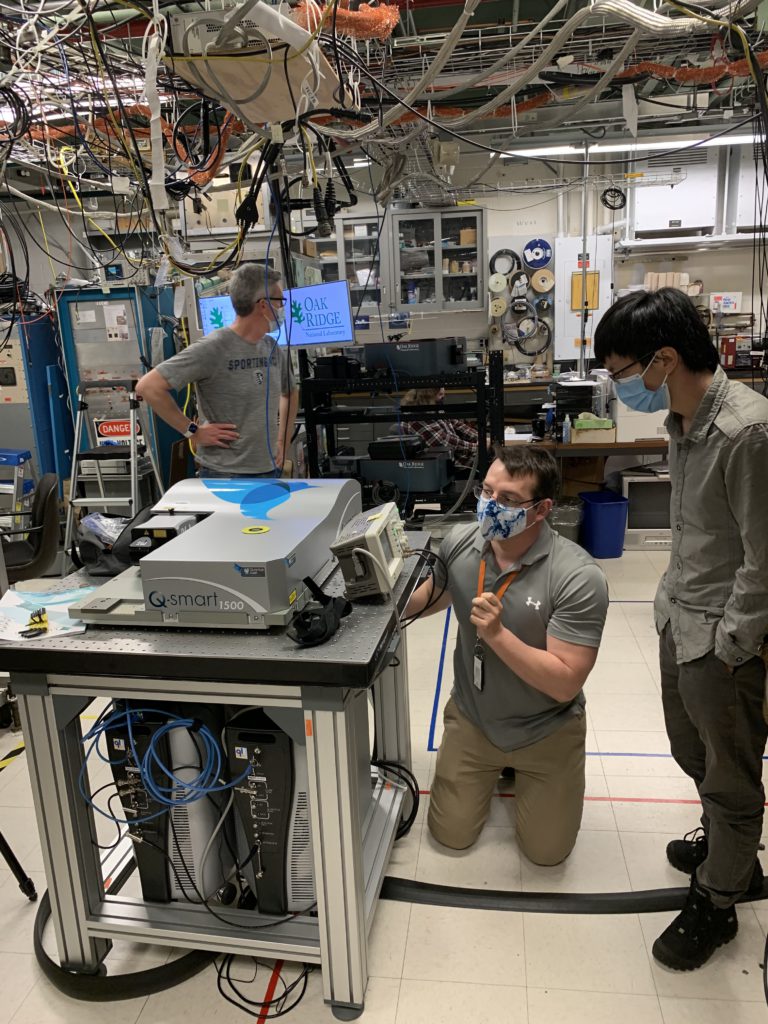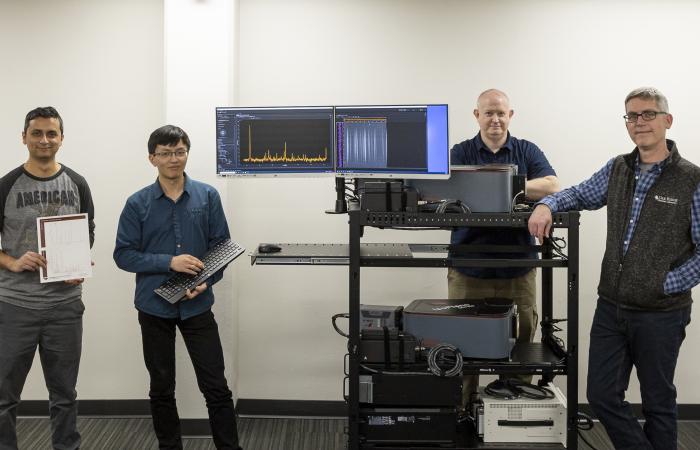As a follow-up to the TriAgency workshop on Compact Fusion which took place on April 28, PFS was invited to join several Fusion Industry Association members on an AIAA ASCENDx summit on June 15, “Accelerating Pathways to Space”:
Our panel on “New Opportunities in Fusion for Space Power and Propulsion” was moderated by Julie Reiss of Aerospace Corp and included us, Helicity Space, NearStar Fusion, and Tokamak Energy. You can register to rewatch our panel discussion anytime!
A key takeaway from the TriAgency workshop was that investment in compact fusion is strategic for both space and defense applications. NASA’s Ron Litchford was quoted as saying:
Compact fusion stands as a well deserving candidate for an aggressive whole-of-government R&D initiative.
Ron Litchford, Principal Technologist of NASA’s Game Changing Development Program, April 2021
We appreciated the opportunity to participate in the panel and will continue to advocate for more investment in compact fusion!



